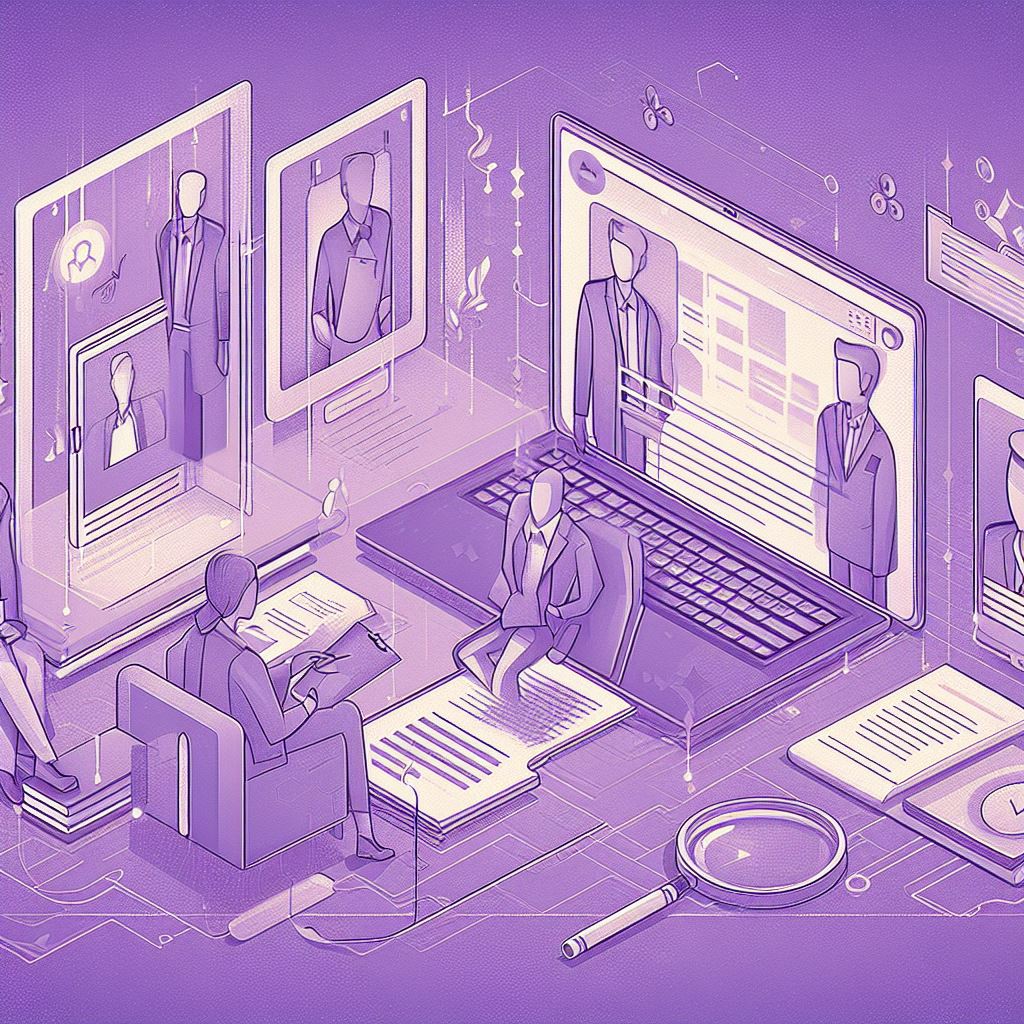Employee Goals Drive Team Success: How to Leverage Collaborative Setting
Collaborative goal setting is a dynamic approach that involves setting employee goals in process, creating a more inclusive, motivated, and aligned workforce. This blog post explores the benefits of this strategy and provides practical tips for implementing effective collaborative goal-setting sessions.
Employee Goals: Why Collaboration Matters
Involving employees in setting their goals can significantly enhance their engagement and commitment. When employees contribute to the goal-setting process, they are more likely to understand and align with organizational objectives, see the value in their contributions, and thus, work diligently towards achieving the set goals. This participatory approach not only increases motivation but also encourages a sense of ownership and accountability.
Employee Goals: Making Goals More Meaningful
Collaborative goal setting makes goals more meaningful to employees. By having a say in the goals they are working towards, employees can ensure that these goals resonate with their personal career aspirations and values. This relevance is crucial for maintaining high levels of motivation and commitment throughout the goal-achievement process.

Practical Tips for Collaborative Goal Setting Sessions
To make the most out of collaborative goal-setting sessions, consider the following tips:
- Prepare in Advance: Ensure that all participants have the necessary information about organizational objectives and current performance metrics before the meeting. This preparation allows for a more focused and productive session.
- Facilitate Open Communication: Create a safe environment where employees feel comfortable expressing their ideas and concerns. Facilitating open communication encourages creativity and helps to surface hidden issues that may affect goal achievement.
- Use Structured Techniques: Employ structured techniques like SWOT analysis (Strengths, Weaknesses, Opportunities, Threats) or SMART criteria to guide discussions and decision-making. These methods help in setting realistic and achievable goals.
- Encourage Participation from All: Make sure every participant has the opportunity to contribute. This can be achieved by actively soliciting input from quieter group members and ensuring that dominant personalities do not overshadow the discussion.
- Document and Follow Up: Clearly document the goals agreed upon and the steps necessary to achieve them. Establish a follow-up mechanism to review progress and make adjustments as needed. This accountability is key to the success of collaborative goals.
Enhancing Team Cohesion
Collaborative goal setting also enhances team cohesion and fosters a collaborative work culture. When team members set goals together, they develop a shared understanding of what needs to be done and how each member contributes to the common objectives. This understanding can lead to improved cooperation and fewer conflicts.
Conclusion: Employee Goals as a Catalyst for Engagement and Success
Collaborative goal setting is a powerful approach that not only makes goals more meaningful and achievable for employees but also promotes a more engaged and cohesive team environment. By following the practical tips provided, organizations can effectively implement this strategy, leading to enhanced overall performance and success.
Unlock the full potential of your career journey by reading “Employee Goals Create Roadmaps for Professional Advancement,” and start navigating your path to success with clarity and confidence.









